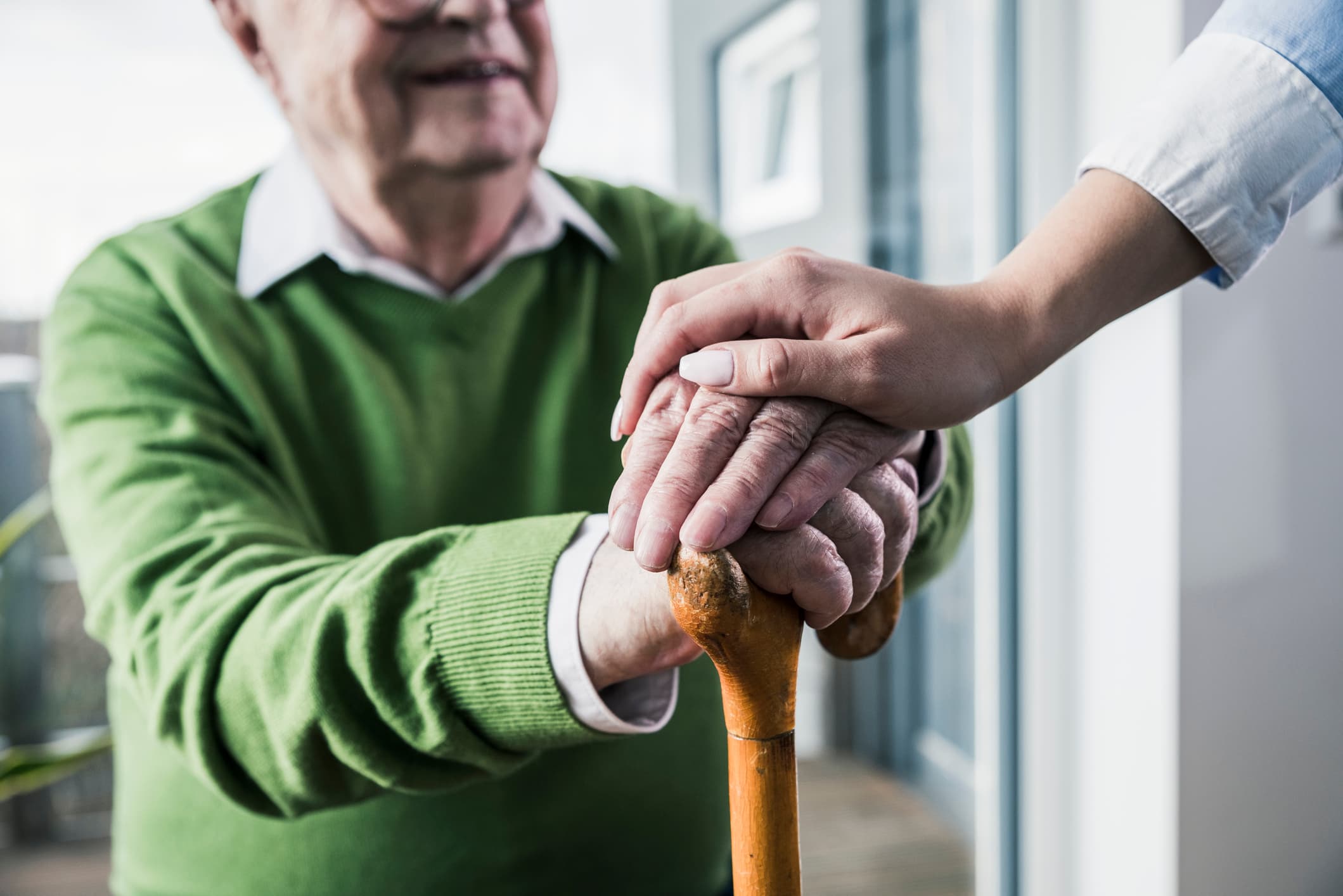Home is usually associated with being a place of comfort and security. But for those with mobility issues, or those caring for someone with limited mobility, it can become an obstacle course. To reduce the list of potential hazards and help people with limited mobility be more independent, there is a range of simple strategies and affordable products at hand.
Let’s breeze through 13 top tips for home safety, followed by 13 products that can help.
13 Top Tips for Helping Someone with Limited Mobility
1. Set up “rest stations” in different rooms.
If you are caring for someone with limited mobility who still likes to move around the home, creating rest stations for them to take short breaks is a great go-to strategy. This could be as straightforward as placing stools, high-rise chairs, or rollators in certain areas. If that’s too cumbersome, fitting foldable, wall-mounted seats in areas such as the shower and garden can do wonders for improving safety.
2. Brighten up the darker areas of the home.
Most homes have areas that don’t get as much natural light, so it’s advisable to brighten these darker zones with overhead lighting, floor lamps, or table lamps. Though LEDs can cost more upfront, they may save energy in the long-run, while giving your home’s lighting more of a boost than normal bulbs.
3. Try to keep the floors dry at all times.
Kitchens and bathrooms tend to be higher-risk rooms, partly due to the hard flooring materials they’re often furnished with, such as wood, stone, or laminate. Slipping on these surfaces can cause a lot of damage, particularly if a head injury results. It’s easy to forget about spills and minor splashes, but they can be dangerous if left unattended.
4. Clear any clutter, particularly from walkways.
We all know clutter gathers much more quickly than we would like. For this reason, it’s wise to check regularly for any trip risks, especially if you are caring for someone with limited mobility. Electronics cables are common hazards, as are things like bags, pet bowls, and furniture such as coffee tables.
5. Make sure the essentials are within reach.
What are the essentials that your loved one needs during the day? Items such as their smartphone, medication, snacks, water, and layers of clothing are often useful to keep within easy reach. And one of these folding hand-reachers can be helpful to minimize risky movements, too.
6. Remove clunky rugs, or use skid-free mats.
Though they may be nice for decoration, loose carpets and rugs are a leading cause of falls. Getting rid of them entirely may be the best approach when caring for someone with limited mobility, but if that’s not possible, place a skid-free or non-slip mat underneath them. Also, make sure to secure and flatten any corners that are poking up.
7. Plug in a nightlight.
Not only are these lights great for reducing the risk of trips in the middle of the night, but their calm glow also provides some childhood nostalgia for many people! Nowadays, nightlights are available in many warm colors and attractive designs, so feel free to customize.
8. Get a wheelchair (for either temporary or long-term use)
You may or may not have heard the term “life-space mobility” before. Essentially, it relates to how well a person can move around — not just at home, but in the local or wider community too. Although using a wheelchair can (understandably) carry a lot of emotional baggage for people with limited mobility, particularly for first-time users, the upsides are worth it in most cases.
Reduced activity and out-of-home mobility are known to lower overall quality of life, so purchasing a wheelchair is a practical way to make sure your loved one can still get out and about.
9. Replace low furniture with higher-rise options.
Many standard couches and armchairs are low, which can present a safety problem for those with mobility issues as it’s more demanding on their joints and leg muscles. High-sitting furniture is recommended, although an interim solution is to prop up seating with extra pillows or foam ring cushions.
10. Fit rails or ramps in the “danger zones.”
Indoors, this could involve installing rails along corridors where there isn’t any support, just in case your loved one feels weak or unsteady. Outdoors, there may be steps leading up to the front or back door that are awkward to navigate. To address this issue, a ramp covering can make entrance and exit points a lot more straightforward.
11. Consider using a commode or urinal.
The “call of nature” is an inconvenience at the best of times. But if you’re caring for someone with limited mobility, you know it’s even more of a hassle. Quite a lot of planning may be required to be able to get up from where they’re seated to go to the bathroom.
A practical workaround is to buy a commode, which can be stored in any room of the home. Male urinals and female urinals serve as additional, cheaper options.
12. Install a stairlift.
Yes, this can be a pricier endeavor. But sometimes it’s necessary in the grand scheme of things. We recommend trying lower-cost alternatives first, such as grab bars on one or both sides of the stairs. If this doesn’t cut it, a stairlift can be very useful for longer-term safety.
13. Create a one-floor setup for daily living.
Whether it’s limited mobility or another health issue that’s making it harder to move around the home, most people are sure of one thing: They want to stay in their home for as long as possible. The concept of “aging in place” has grown in recent years, with the focus on helping to stay safe while still enjoying the comforts of familiar surroundings.
If the person’s home can be re-purposed so that they can live on one floor, this can be an excellent strategy. It will ensure that bedroom, bathroom, and kitchen access is possible without them having to go up or down sets of stairs.
13 Supportive Products for Those with Mobility Issues

For more security underfoot, wear these Non-Slip Socks.
Features include:
Double imprint for stronger grip
Soft, breathable fabric
Elastic provides a secure fit without being constrictive
Color-coded for easy sizing
Premium-quality terry cloth
Machine washable
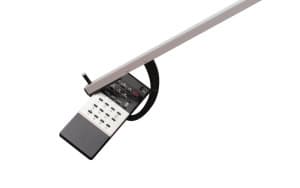
For less hassle reaching up high or down low, use this Hand-Held Reacher.
Features include:
Extended reach for picking up dropped items or safely bringing items down from shelves
Reduce bending and stretching movements
Ultra-lightweight frame made of durable aluminum and plastic
Special design with a full handgrip for greater grip strength
Jaws open 2.5 inches wide for securing larger objects
Non-slip, rubber tabs, and magnetic tips
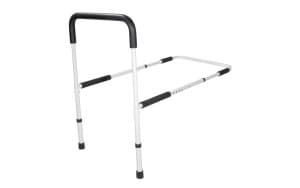
For support with getting out of bed, get this Bed Assist Handle.
Features include:
Quick-setup bed handle that’s removable
No-tool assembly
Slides under your mattress with “no-slip foam”
Portable and easy to transport
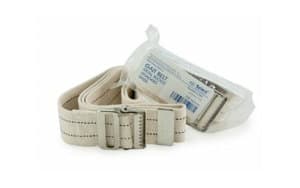
For help with handling and mobility, try this Gait Belt.
Features include:
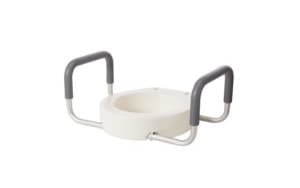
For help with sitting down on or standing up from the toilet, use this Raised Toilet Seat with Arms.
Features include:
Practical armrest on both sides
Easily attaches to the toilet
Removable arms for user flexibility
Easy to clean
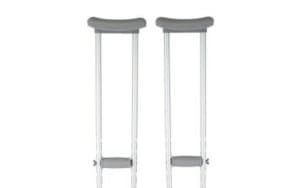
For improved weight-bearing, lean on these Underarm Crutches.
Features include:
Aluminum crutches that are lighter than wood, yet provide stability
Pushpin adjustment makes it easy to adjust crutch height
Non-skid contoured tips for traction
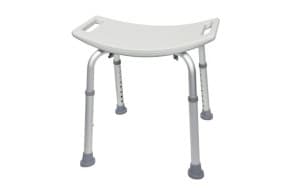
For safer bathing, rest on this Bath Bench.
Features include:
Lightweight design supports a weight capacity of up to 350 lbs
Drainage holes are easy-to-clean
Corrosion-resistant aluminum built to last
Ergonomic design with a curved seat, handles, and angled legs
Height adjusts in 1-inch increments using push-button design

For elbow protection in the event of falls, buy these Protector Pads.
Features include:

For easier body positioning, try this Body Aligner Wedge.
Features include:
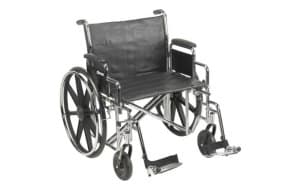
For better access and life-space mobility, move around in this Wheelchair with a Swing-Away Footrest.
Features include:
Foldable, easy-to-store wheelchair that’s available in 16″, 18″, and 20″ seat width
Swing-away footrests with plates that are removable and can be lifted out of the way
Padded arms to position comfortably at desk or table
Convenient carry pouch for transporting personal items
Carbon steel frame that provides a smooth ride over most surfaces
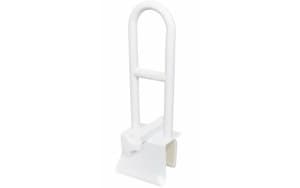
For extra stability in the bathroom, install this Bathtub Grab Bar.
Features include:
Handle design gives a hand position parallel to the tub
Heavy-duty durability with a clean appearance
Adjustable clamp locking mechanism provides a tool-free fitting
Width adjusts from 3 – 7 inches to fit most bathtubs
Non-wear rubber pads tighten securely to all bathtub contact points
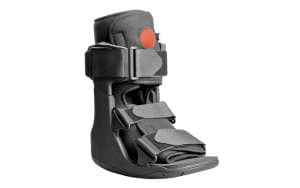
For foot support, consider this Ankle Walker Boot.
Features include:
Designed for comfort and recovery following a procedure or trauma
Lightweight design, uniquely ergonomic frame to modify the level of pressure on the foot and lower leg
Soft nylon and foam liner has a pump design making the liner simple to inflate and adjust

For smoother transportation, fit on these Walker Glide Skis.
Features include:
Mobility aid solution that can be added to a walker
Long-life, durable design
Works well on the majority of surfaces
For use with all 1″ folding walkers
Eligible for FSA (Flexible Spending Account) purchase
Thanks for reading!
We hope today’s blog has given you a list of useful strategies and options for helping your loved one continue to live well, despite limited mobility.
Please feel free to call the Carewell support team at (800) 696-CARE, available 24/7. Or, if email is easier, you can get in touch with us at support@carewell.com.
RECOMMENDED: 5 Long-Distance Caregiving Tips for When You Live Miles Apart from Your Loved One

